-
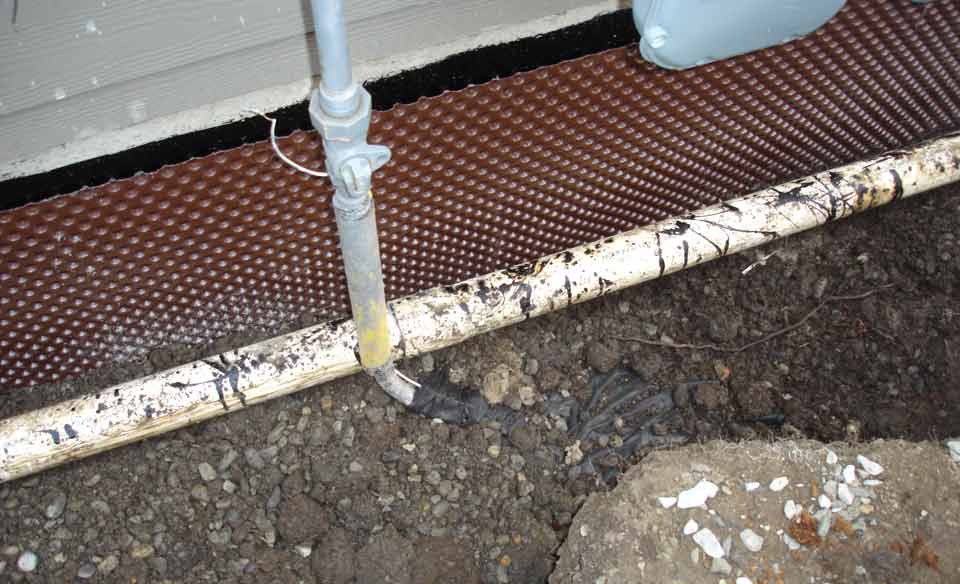
 Typical roof water solid pipe above perimeter system
Typical roof water solid pipe above perimeter system
-

 Big 0 pipe buried too deep and crushed
Big 0 pipe buried too deep and crushed
-

 Recoat of dampproofing
Recoat of dampproofing
-

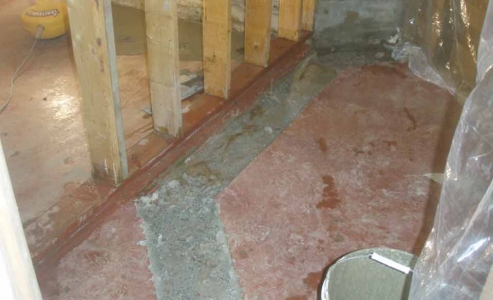 Interior foundation drain retrofit
Interior foundation drain retrofit
-

 Forced sewer main from lift pump station to connection
Forced sewer main from lift pump station to connection
-

 Repair & access of interior
Repair & access of interior
-

 Interior drain clean out access installed
Interior drain clean out access installed
-

 Typical subsurface groundwater cutoff drain
Typical subsurface groundwater cutoff drain
-
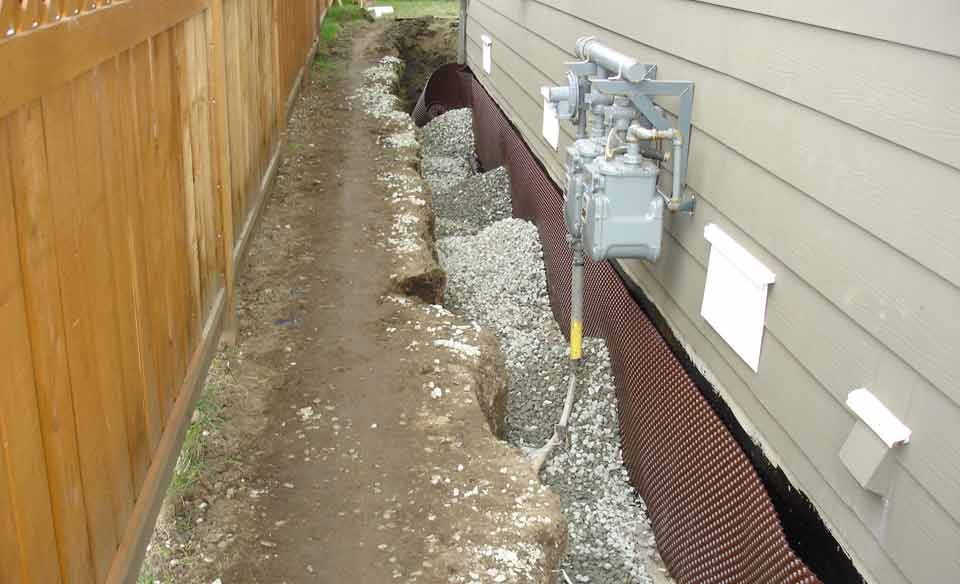
 Typical drainage material over perimeter system
Typical drainage material over perimeter system
-
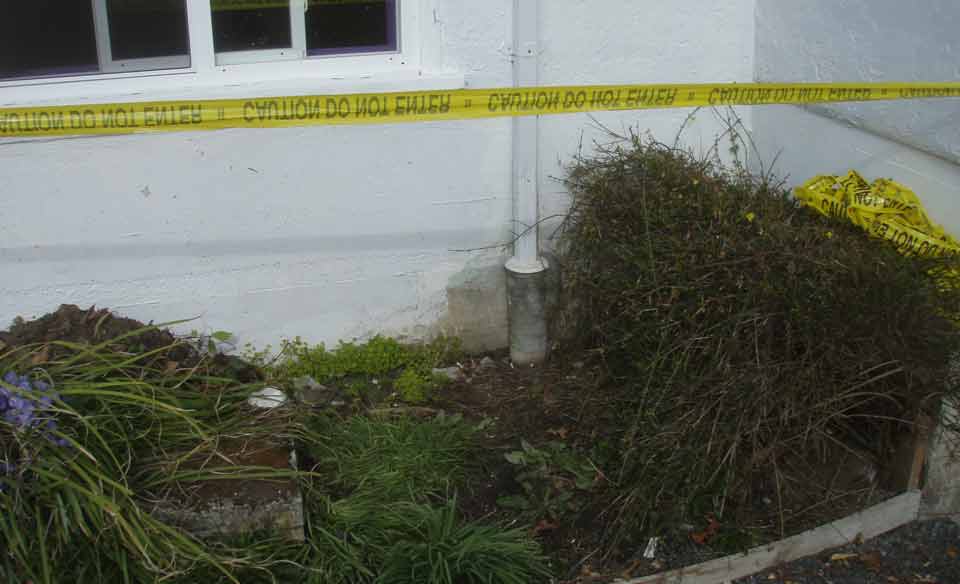
 Typical concrete tile roof water riser
Typical concrete tile roof water riser
-

 Small machines for restricted access areas
Small machines for restricted access areas
-

 Typical sprayed on foundation dampproofing
Typical sprayed on foundation dampproofing
-

 Crushed clay tee replaced & cleaned system, restored to operational
Crushed clay tee replaced & cleaned system, restored to operational
-

 Clay tile 50 years old & good as new
Clay tile 50 years old & good as new
-
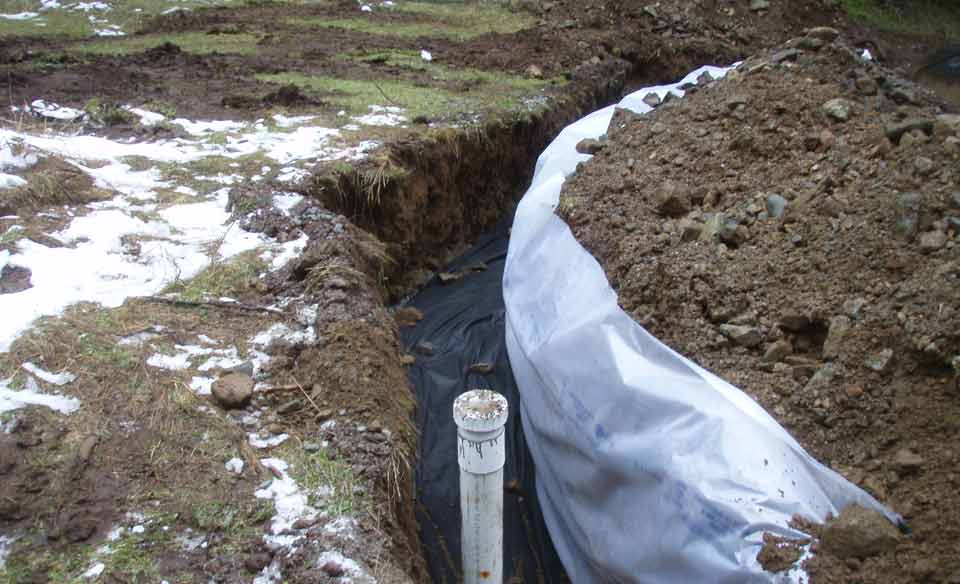
 Curtain drain dewatering area downslope
Curtain drain dewatering area downslope
-

 Crack in foundation - old water entry
Crack in foundation - old water entry
-

 Side yard curtain drain protecting from subsurface water from above grade
Side yard curtain drain protecting from subsurface water from above grade
-

 Typical landscaping above foundation level resulting in water entry and wood root
Typical landscaping above foundation level resulting in water entry and wood root
-

 Lowering perimeter system to resolve water entry
Lowering perimeter system to resolve water entry
-

 Concrete Slab replacement after trench work
Concrete Slab replacement after trench work
Inspection, Cleaning and Repair of Perimeter Drains in Victoria
Perimeter drains are an arrangement of piping found at the footing of your foundation wall to redirect groundwater away from your building. This keeps the water table from rising and causing flooding in the basement or crawl spaces. In modern systems, it is generally made up of perforated plastic PVC pipes. Systems more than 20 years old are usually ABS plastic or “big 0“. Older installations are generally cement or clay tile. The perimeter drains in Victoria and on the Island are generally covered with gravel or rock to let water in and protect, with landscape cloth to keep silt out.
Perimeter drains are recommended to be installed 15 cm to 20 cm (6” to 8”) below the floor level of the basement or crawl space, although in most older systems they are usually just below the floor elevation. In some cases, systems are found to be installed at or above the interior floor elevation, rendering them useless for protecting the interior from water entry. The pipeworks should make a complete circuit of the building and then go out to the ditch or the storm drain main in the street, or to some type of recharge pit that disperses the water (see Environmental Solutions).
Older installations on the West Coast are usually dual-acting systems where roof downspouts are also connected to the perimeter drain that takes the rain water along with any groundwater out to the exit point.
Modern installations are two-pipe systems where the perforated perimeter drain is supplemented with a separate tight pipe. It’s installed in a shallow system and connects to all the downspouts that then direct roof water away from the foundation, by connecting to the storm lateral and out to the exit point. We recommend that these modern plastic pipe systems have a perimeter drain inspection every five years.
We recommend that the modern plastic pipe systems have a perimeter drain inspection every five years. This can generally be done by camera first since there should be good access. A video camera is usually pushed through the pipes to get a good view of the system and any problems. If required, the system can be cleaned with specialized equipment.
Older perimeter systems that use sectional concrete or clay tile do not usually have good enough access to allow for a productive camera inspection.
On older tile systems, we recommend using cleaning equipment that is appropriate to the pipe work first. If the system has not been maintained, the camera view is usually poor, as built up debris and silt will block the camera lens. In most cases these older systems don’t have access that allows for an effective camera inspection. If in cleaning a problem is encountered, an access point can be exposed and the camera can view the problem to resolve it. Usually some kind of perimeter drain repair is required.
Any type of pipe or tile system can be repaired or restored back to a satisfactory perimeter drain system for ground water protection that will function as originally designed. If a problem is located during the inspection or cleaning process, you could require some kind of perimeter drain repair. This could involve anything from exposing the site of the problem and replacing a couple of broken tiles, repairing some pipes and fittings or something more extensive as replacement of an outlet lateral or an upgrade to the system.
After an inspection, the results may indicate a possible perimeter drain upgrade is needed. This might be from breakage in pipe work, incorrect original installation or where signs of serious erosion are found on clay or concrete tiles. Any type of pipe or tile system can be repaired or restored back to a satisfactory perimeter drain system for ground water protection that will function as originally designed. A common upgrade is the installation of a new shallow roof water system, thus separating roof water from perimeter ground water.
Upgrading to a modern two-pipe system will usually involve the exposing of your foundation walls down to the footings, the removal of the existing system and the installation of a new deep PVC perforated pipe ground water system along with a separate shallower roof water system. As the foundation wall would have to be exposed for perimeter drain replacement, it should be carefully inspected, repaired where necessary and protected with a waterproof membrane.
After installation of a perimeter drain system on a new house or after cleaning, repair, upgrade or replacement of the water control system, the investment needs to be protected with a perimeter drain preventative maintenance program.
After installation of a perimeter drain system on a new house or after cleaning, repair, upgrade or replacement, our technician will be able to advise you of the recommended schedule for inspections and cleaning appropriate to your system and you will automatically receive a call-back reminder.
Don’t wait to install or repair perimeter drains for your Victoria, Vancouver Island or Gulf Islands home. Call us at 250-479-0195 to get started.








































